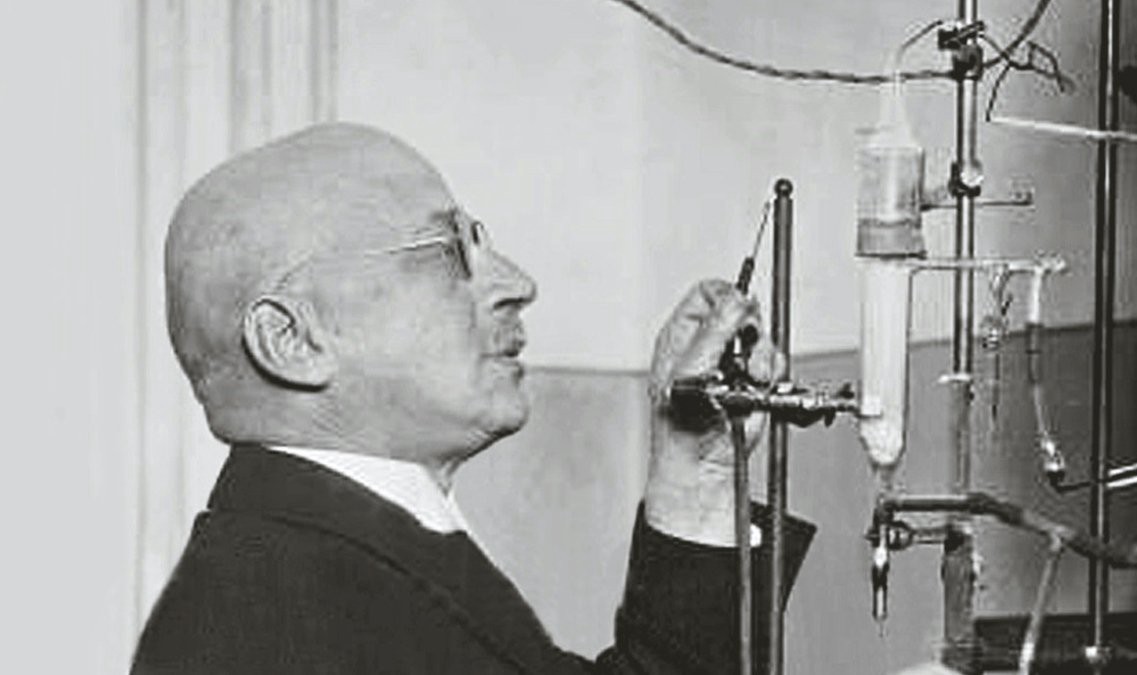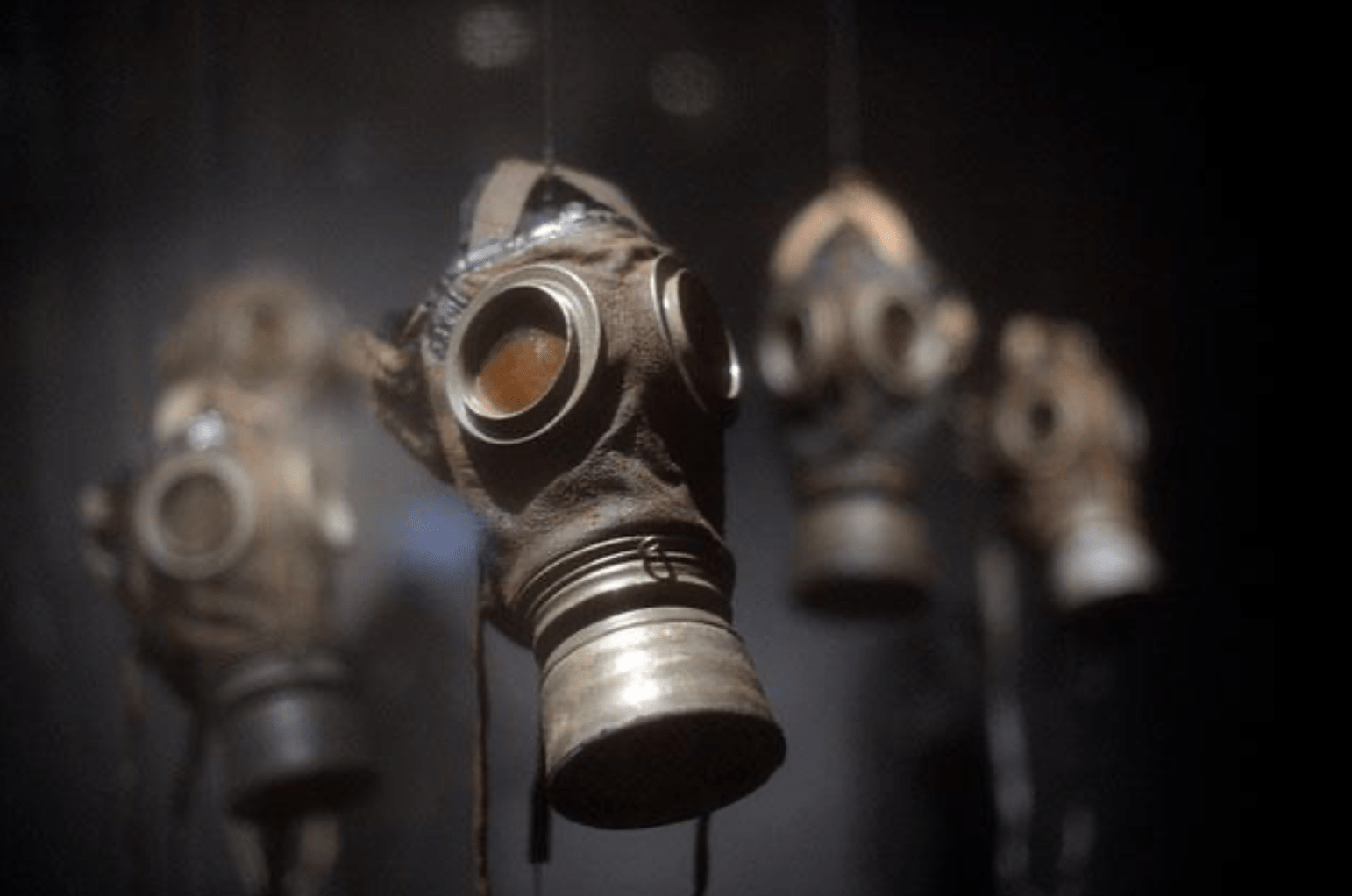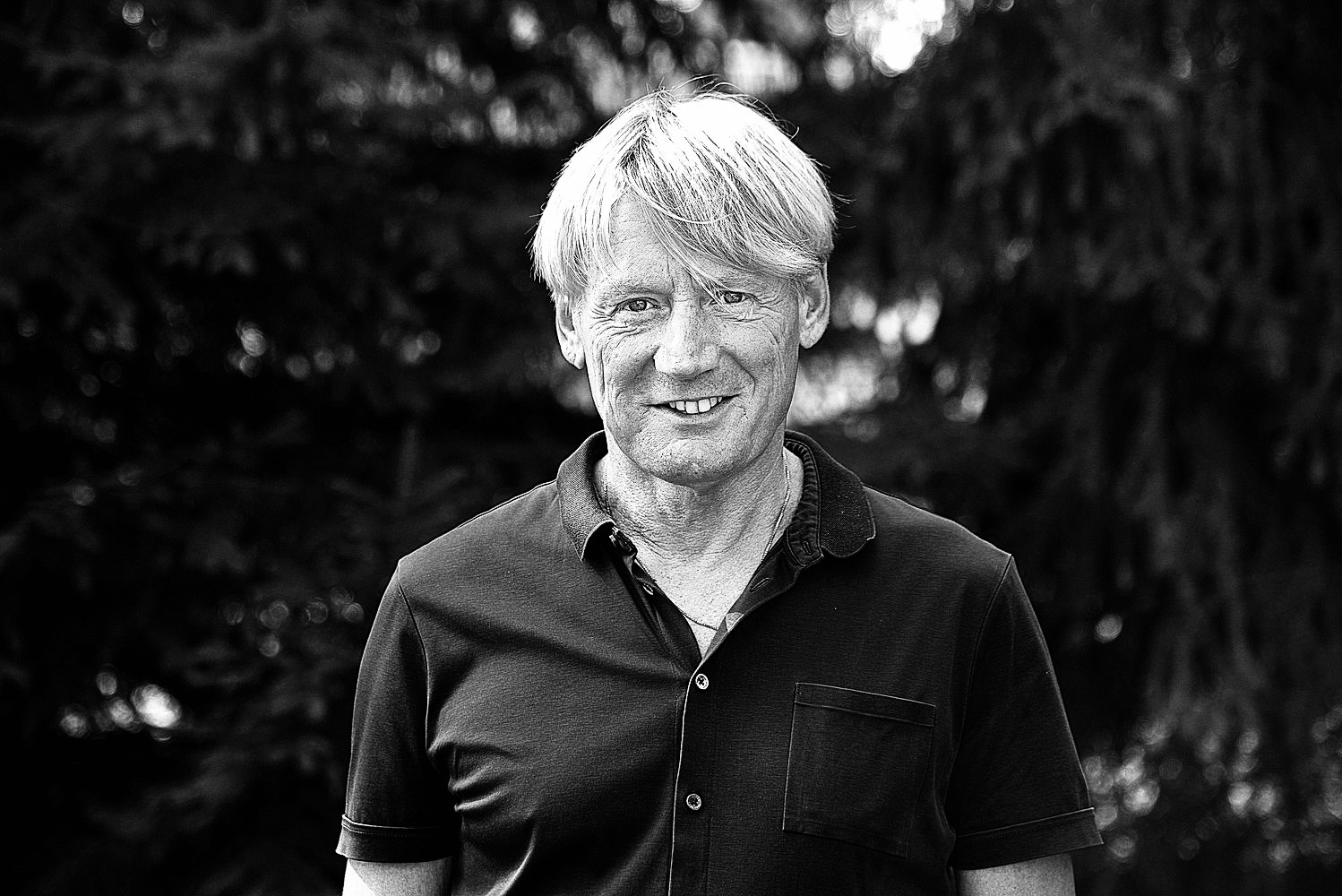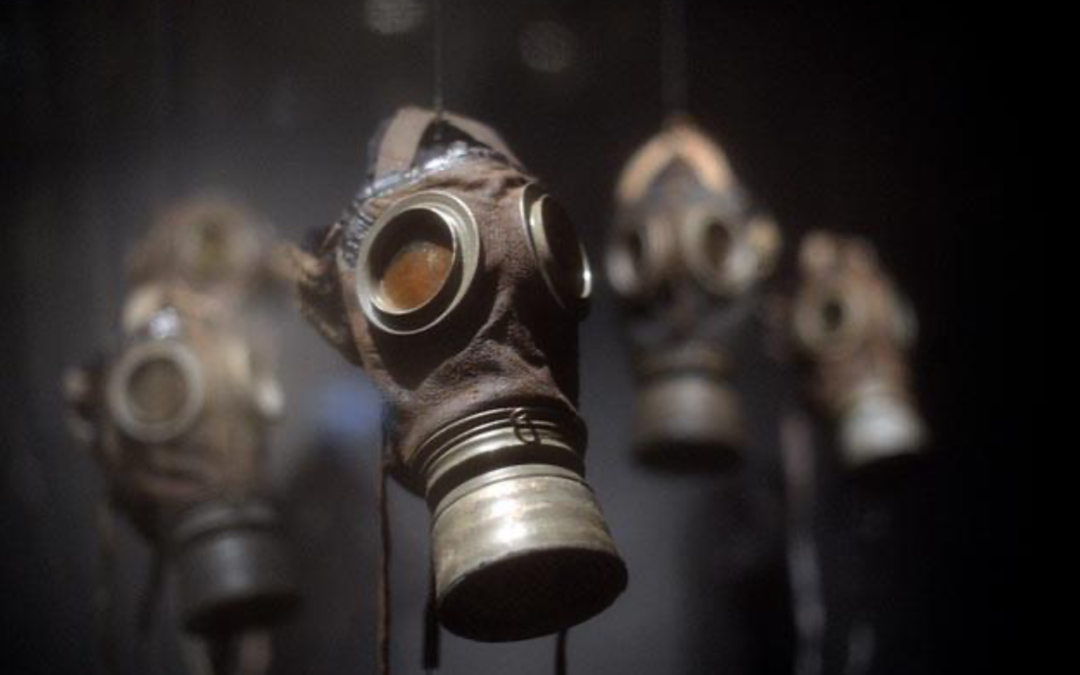Let’s talk greenwashing
The broken food chain story is also the story about big corporations and industries presenting their green strategies. At least, on the paper. The list of these green companies is endless. What all of them have in common is the significant discrepancy between their declarations and actual behaviour.

First, let me start with some crucial facts and origins of chemical solutions in agriculture. A Nobel Prize winner Fritz Haber was the mastermind behind the development of ammonia as fertilizer. Later on, this product was developed into deadly gasses for warfare. After World War Two, ammonia was reintroduced to farming as pesticides, herbicides and fungicides.
Wartime legacy
During World War I, Haber wholeheartedly devoted the resources of his research institute to meet Germany’s wartime demands for chemical products and synthetic substitutes. Most of his published work during this period was associated with the refinement of ammonia synthesis. Eventually, Haber joined forces with German chemist Wilhelm Ostwald who was developing the process of oxidation of ammonia to nitric acid. Their combined efforts contributed to the creation of fertiliser and the synthesis of nitrates and other explosives, essential to modern warfare.
Haber has been asked by the military to suggest the use of possible tear gases or other irritants. Therefore, he proposed using chlorine gas as a chemical weapon, a suggestion first tried at Ypres, France, in April 1915. The use of gas-warfare agents rapidly increased on both sides of the conflict, and by 1916 Haber found himself acting as chief of Germany’s Chemical Warfare Service
Read more about Habers impact on agriculture: From fertiliser to Zyklon B: 100 years of the scientific discovery that brought life and death | Chemistry | The Guardian

The list of global companies who have significantly benefitted from Fritz Habers scientific discoveries goes on:
- Bayer. Founded in 1863. Everyone knows it invented aspirin, but it also sold heroin in the early 1900s to cure coughing. During World War II, Bayer was part of the IG Farben consortium that produced Zyklon B for Nazi gas chambers.
- IG Farben used slave labour in German concentration camps, including Monowitz (Auschwitz III). By 1943 about half of IG Farben’s 330,000 workforces was either slave labour or conscripts, including 30,000 Auschwitz prisoners.
- Monsanto began as a manufacturer of saccharine in 1901. During the 1940s, it first produced farm chemicals, including herbicide 2,4-D. Combined with another chemical, 2,4-D was used to manufacture the Vietnam War-era Agent Orange. Vietnam and American veterans have demanded the company pay compensation to victims of the defoliant. Between 1961 and 1971, the United States military sprayed some 12 million gallons of the poison on more than 30,000 square miles of southern Vietnam. Dioxin, a highly toxic element of Agent Orange, has been linked to major health problems such as birth defects, cancer and other deadly diseases.

Unfortunately, the chemicals they produce and their industrial way of thinking about farming is the exact reason why we have to worry about health, wildlife going extinct, polluted drinking water and food.
Today, Bayer and Monsanto, merged to be one company, keen on making green statements. One of their statements reads: “We’re committed to a world where biodiversity thrives in harmony with humankind. Where hunger and climate change are terms relegated to history books. Where farms are more sustainable, with plants that are more adaptive and resilient, to help improve life for families and communities. In short, where agriculture is part of the solution.”

The chemical industry enjoys wearing a green hat. American company Syngenta posts an ad on Facebook that seems almost tragicomic in its eagerness to promote Operation Pollinator. It seems appealing at first. We are all aware of the dramatic and global decrease of the bee population. But then again – isn’t Syngenta one of the worldwide herbicide producers?
Their website shows that the company is a top global producer of ‘what so ever kind’ chemicals for agricultural purposes (feel free to check their impressing killer arsenal). However, finding their actual products is not an easy task. You’d have to dig into the layers of their web. To get a global overview, you have to find the US version.
What’s much easier to find is the abundance of statements and declarations about their environmental concerns and achievements:
“We help farmers manage a complex set of challenges from nature and society. Our approach is to ensure that everybody wins: that farmers are prosperous, agriculture becomes more sustainable, and consumers have safe, healthy and nutritious food.”
Read more of the same stuff at: https://www.syngenta.com/en/company/our-purpose-and-contribution
Unfortunately, the chemicals they produce and their industrial way of thinking about farming is the exact reason why we have to worry about health, wildlife going extinct, polluted drinking water and food. The Facebook ad that awards points for buying their products, which can be exchanged for flower seeds and the wellbeing of bees, looks like an unapparelled level of hypocrisy. In the meantime, the bees are already dead.
The Syngenta Group is a leading global provider of agricultural science and technology, particularly seeds and crop protection products. Its headquarters in Basel, Switzerland, and other locations in Chicago, Tel Aviv, and Shanghai.
Syngenta AG was found in 2000 by the merger of the agrichemical businesses of Novartis and AstraZeneca and acquired by China National Chemical Corporation (ChemChina) in 2015.

Niels Peter Pretzmann
Founder
Niels is a food entrepreneur and founder of organic farm Farmer’s Circle and hospitality centre Senatorių Pasažas in Vilnius, aiming at bringing healthier, more sustainable flavours from soil to table.
Farmers Circle is a farm that believes in something as simple as working according to natural cycles and processes. We believe that in millions of years nature has already tested what’s working and what’s not by performing millions of trial-and-error tests where the most beneficial and most healthy practices survived.
Nature always knows better and always wins in the end.
